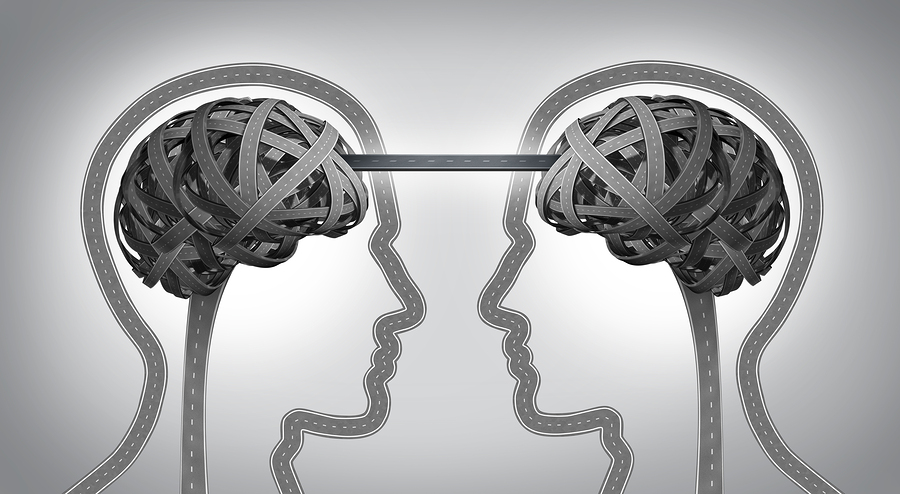 Leadership is about relationships with others. You cannot lead without understanding the innate drives that are essential to human development and survival.
Leadership is about relationships with others. You cannot lead without understanding the innate drives that are essential to human development and survival.
“Our understanding of leadership can be no better than our understanding of what makes humans, all humans, tick—what are the ultimate motivators of our behavior.” ~ Warren Bennis
Decades of research have given us numerous theories about drive and motivation, to include:
- Maslow’s Hierarchy of Needs (physiological, safety, love and belonging, esteem and self-actualization)
- Intrinsic and extrinsic motivators (inner satisfaction and desires, external rewards and payoffs)
- The well-documented drives to achieve autonomy, mastery and purpose in our personal and professional lives.
- Economist Milton Friedman’s agency theory, which argues that rational self-interest motivates all human behavior — and that businesses’ sole purpose is to maximize shareholder returns. (Over time, behavioral economists have proved there’s much more to human behavior than rational self-interest.)
The Four-Drive Theory
Humans have endured as a species because we learned to work in groups and rely on problem-solving skills, rather than brute force, inborn physical capacities and instincts.
The late Harvard Business School Professor Paul R. Lawrence suggested that Darwin’s insights about human drives have largely been ignored. He proposed a theory of human behavior based on “renewed Darwinism” and four key drives:
- To acquire what we need for survival, conception and our offspring’s survival. This drive far surpasses our drives to acquire food, water, warmth and a mate. We are driven to attain things that interest us, give us a sense of identity and meet our loved ones’ needs.
- To defend ourselves and our offspring from threats. We’ll protect our family and groups to which we belong, our ideas and beliefs, our sense of pride and hope, and our self-image.
- To bond andform long-term, mutually caring and trusting relationships with others.
- To comprehend, to learn, create, innovate, and make sense of the world and our place in it.
Leadership must effectively balance these four basic human drives. While other species survive by feeding, mating, fighting and fleeing, humans survive by feeding, mating, fighting, fleeing, befriending and figuring out.
We cannot afford to be “mystified” by our own and others’ behaviors. Gaining an understanding of what drives people is a tremendous leadership advantage — a valuable lens through which to view people’s behaviors.
This article explores the theory that people are driven to satisfy their basic needs to acquire, defend, to bond and to comprehend.Good leaders recognize all four drives and apply them to business decisions.
_______________________________________
This is a brief synopsis of a 1,500-word and a 900-word article and Article Nuggets,*suitable for consultants’ newsletters for executives and leaders in organizations. It is available for purchase with full reprint rights, which means you may put your name on it and use it in your newsletters, blogs or other marketing materials. You may also modify it and add your personal experiences and perspectives.
The complete article includes these important concepts:
- The Four-Drive Theory
- Survival of the Fittest Leaders
- Conflicting Impulses
- Bad Leadership Defined
- Evil Leadership
- A Leadership Advantage
————————————————————————————
Request This Content:
Send us an email and let us know if you’d like to receive this article, Article Nuggets* or Newsletter (as applicable.) It is available in the following formats:
- Driven to Lead: What Makes People Tick –1,500-word Article with Full Reprint Rights, $79
- Driven to Lead: What Makes People Tick – 900-word article with Full Reprint Rights, $57
- Driven to Lead: What Makes People Tick -5-Article Nuggets* with Full Reprint Rights, $89
*Article Nuggets: The same article broken up into 3-5 blog-style sections suitable for a series of blog posts or shorter newsletter articles.